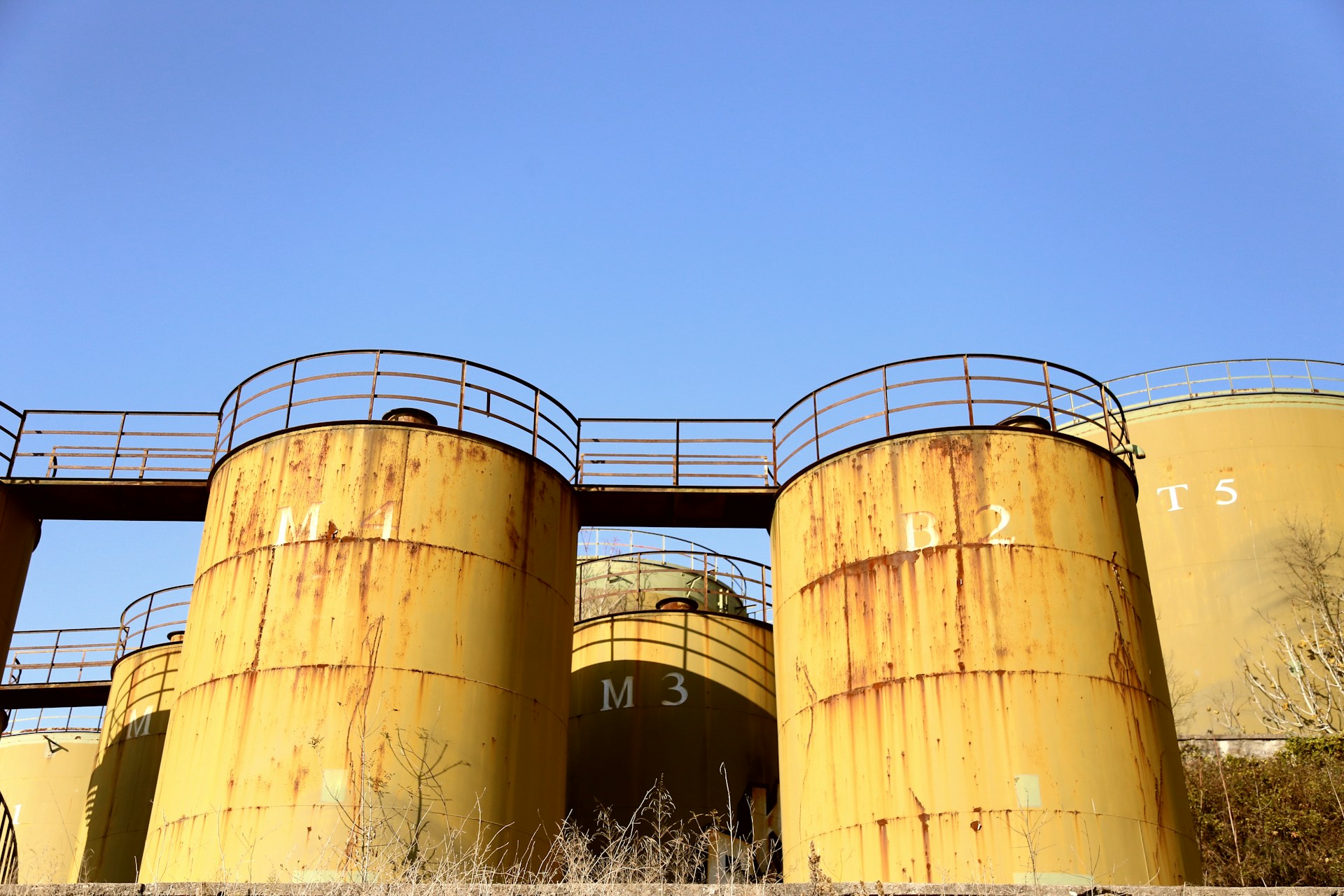
When it comes to manufacturing tanks, contamination is a silent threat that can lead to hefty losses and operational hiccups. Contaminants sneak in, unseen, impacting the quality of production and potentially posing health risks. Whether it’s biological, chemical, or physical contamination, each type brings its own set of challenges. Understanding and addressing these issues is key to ensuring both safe and efficient production.
Ignoring tank contamination isn’t an option. It can not only compromise the quality of what’s produced but also shorten the lifespan of the tanks themselves. If not regularly cleaned and maintained, tanks can become breeding grounds for bacteria and other unwanted visitors. As the production pace increases, so does the need for vigilance in keeping these vital assets clean and safe.
Common Contamination Sources in Manufacturing Tanks
The journey of contamination into manufacturing tanks can be attributed to various sources. Here’s a look at the main culprits:
1. Biological Contaminants:
– Bacteria, fungi, and moulds are often the earliest invaders.
– They come in contact with tanks through water systems, air, or materials introduced during processing.
2. Chemical Contaminants:
– These include residues from cleaning agents or chemicals used in manufacturing processes.
– They can be introduced accidentally or through faulty handling methods.
3. Physical Contaminants:
– Dust, dirt, and other foreign particles might find their way into tanks, especially if operated in environments with poor filtration systems.
Understanding how these contaminants affect tanks is crucial. Biological invaders can cause slime and unpleasant odors. Chemical residues may lead to reactions that spoil production batches, and physical particles can block outlets or damage machinery. Each of these issues not only disrupts production but can also result in costly repairs or replacements if not addressed swiftly and effectively.
Proper measures, awareness, and proactive cleaning and maintenance play a pivotal role in keeping manufacturing tanks free from these contamination threats. With these fundamental insights, industries can better manage their resources and ensure smooth operations in their production lines.
Signs Your Manufacturing Tank May Be Contaminated
Spotting contamination early can save time and resources. Here are some signs that your manufacturing tank might need attention:
– Visual Indicators:
– Look out for obvious signs like discoloration in tank walls or unusual sludge buildup.
– Slimy surfaces or residue at the bottom can also signal that something isn’t right.
– Operational Indicators:
– If the tank’s efficiency drops unexpectedly, it might be an issue with contamination.
– Strange smells or unexpected changes in the material being produced can also serve as a red flag.
– Testing Methods:
– Conduct regular tests to identify microbial presence or chemical residues.
– Sampling at different points in the tank helps detect unseen contaminants.
Early detection not only protects the quality of your product but also prolongs the life of the equipment. Regular checks and timely interventions prevent small issues from becoming massive headaches.
Effective Industrial Tank Cleaning Techniques
Choosing the right cleaning method is essential to address specific contamination. Here are some popular cleaning techniques:
1. Manual Cleaning:
– Best for precision tasks where human touch is required.
– Suitable for tanks with smaller openings or intricate parts.
2. Automated Cleaning:
– Faster and can reach areas that might be hard to access manually.
– Ideal for large tanks or those that require frequent cleaning.
3. Chemical Cleaning:
– Utilises specific chemicals to break down residues that are tough to remove physically.
– Needs knowledge about the right chemicals to avoid damage or additional contamination.
After deciding on the method, ensure thorough disinfection follows, using specialised agents to kill lingering contaminants. This step is as critical as the initial cleaning and ensures the tank remains safe for use.
Preventing Future Contamination in Manufacturing Tanks
Preventing contamination is often easier and cheaper than dealing with the fallout. Here’s how to keep your tanks in top shape:
– Regular Maintenance Schedules:
– Set and stick to a cleaning timetable to keep tanks in pristine condition.
– Routine Inspections:
– Conduct inspections periodically to catch issues before they escalate.
– Preventive Measures:
– Install filtration systems to catch potential contaminants.
– Use covers to protect against airborne particles entering tanks.
– Train staff on handling practices to reduce introduction of contaminants.
Being proactive about maintenance and cleanliness ensures that tanks remain functional and reliable, ultimately safeguarding your production quality and efficiency. By taking these steps, you can minimise risks and keep your manufacturing processes smooth and safe.
To keep your tanks free from contamination and ensure smooth operations, consider the benefits of professional industrial tank cleaning. This regular practice not only helps maintain the cleanliness of your tanks but also extends their lifespan, reducing the need for expensive repairs. At ATM Tanks, our experienced team is ready to keep your equipment in top condition with reliable and thorough service.
- Choosing the Best Tank Liners for Longevity - December 7, 2025
- Pro Solutions for Effective Industrial Tank Cleaning - December 7, 2025
- What to Do When Your Tank’s Waterproofing Fails - December 7, 2025






